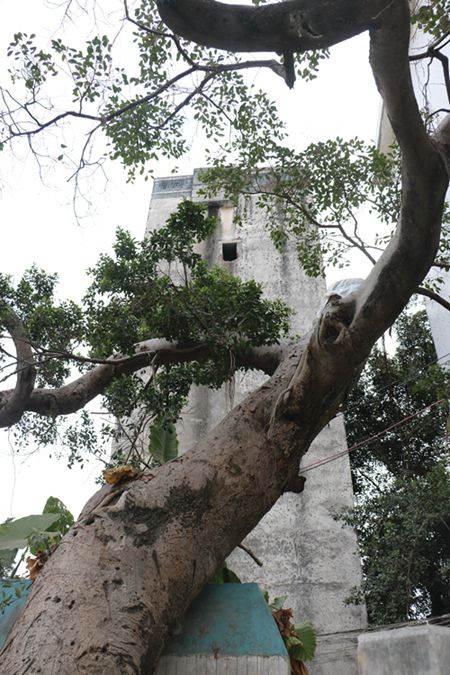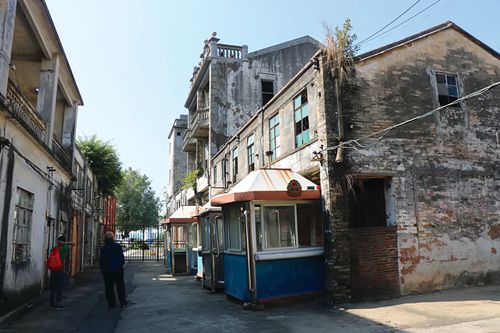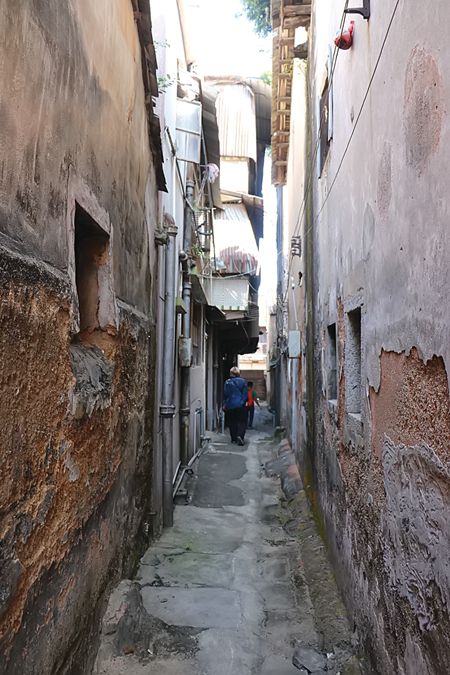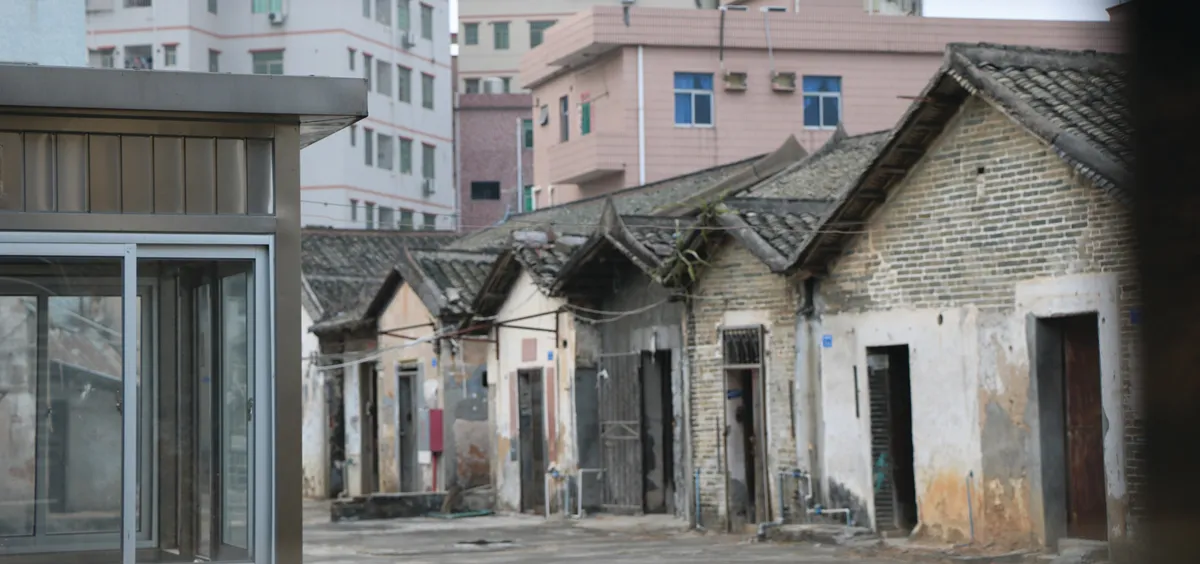A “protected” Hakka village is gradually being abandoned to the elements
In the northern outskirts of Shenzhen, on the banks of the Guanlan River, the remnants of a centuries-old village of the Hakka people endure. Guanlan village, though modernizing as rapidly as the rest of the Pearl River Delta, has been preserving the architecture of generations past even as bulldozers and skyscrapers encroach on all sides.
The village traces its history back to the Qing dynasty, circa 1750, during the Fourth Wave of the Hakka Migration. A branch of the Han clan left their home in the southern Yangtze River valley due to droughts, plagues, and other calamities. As they moved to China’s southern coast and the regions beyond, they carried a language, cuisine, culture, and architecture that endure to this day.

Once protective homes for local Hakka families to share, Guanlan’s 114 surviving diaolou towers are now mostly abandoned
Guanlan’s watchtowers, or diaolou (碉楼), are perhaps the most distinctive part of this legacy. The earliest, wooden towers are lost to the ravages of time, but 114 examples of 20th century diaolou remain, according to a paper by local researcher Jiang Po. Built in the 1930s to protect food and families from bandits’ raids, the tall towers were built with carved stone frames and a composite of earth, sand, and ash. As overseas Chinese returned, they built newer diaolou using concrete and increasingly Westernized designs. The village’s now-abandoned hotel bears the columns and flourishes that mark this era.
Walled courtyards, housing several families and protecting the community from whatever hostilities may arise, are a common feature of Hakka architecture. The Guihutang Chen Clan Enclosed House is one surviving example, protected from demolition since 2011. It now houses multiple families taking advantage of its affordable rent, rather than protection from warlords.
Not far away lies Guanlan Old Street, once a flourishing trading center for domestic and foreign goods, today all but deserted. According to Jiang, fashion designers and manufacturers once filled the small lanes and shipped their exports down the river. In 2005 the Bao’an district government gated off the area, declaring it “an immovable cultural preservation point.” Twelve years later, Guanlan Old Street still awaits its long-promised restoration.


One historic relic is missing: The original Buddhist-Daoist-Confucian temple, burned to the ground in 1970. Only through painstaking detective work were researchers able to confirm the location of the holy site and, in 2011, dedicate a new place of worship there. Now the Buddha sits at the center, with Confucius given a supporting role in a small enclave to the side of the site.
Though weathered by time and the shifting patterns of settlement, the architecture of Guanlan village stands as a testament to the endurance of the Hakka and the Han people generally. Despite tremendous changes, these relics remain to remind us of the accomplishments of the past. One can only hope that one day, these relics can be restored to their former brilliance.

– Additional reporting by Jesse Field
Ghosts of Guanlan is a story from our issue, “The Noughty Nineties.” To read the entire issue, become a subscriber and receive the full magazine.












